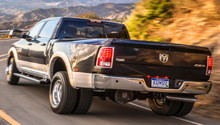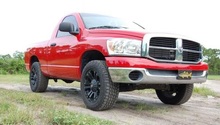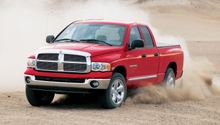Dodge Ram 2002-2008: Engine Maintenance
By following the manufacturer's engine maintenance intervals, you should have many trouble-free miles. It is not uncommon to hear of owners with 150,000-200,000 miles on the original engine. Most required maintenance is easy to perform, so even owners with little engine repair experience should be successful.
This article applies to the Dodge Ram (2002-2008).
Items listed with service intervals in your owner's manual are critical to engine performance. Components such as oil, oil filters, spark plugs, air filters, and accessory drive belts are all relatively cheap to replace. There are schedule "A" and schedule "B" intervals. Schedule "A" is directed towards owners that do not drive the truck hard or in harsh climatic conditions. People who do drive their truck in harsher climates or in tougher conditions need to follow schedule "B". Installation and replacement of these components are ranked at the "easy" difficulty level. By following the how-to articles on this site, even novice owners should have no trouble keeping their Dodge Ram's engine maintained.
Engine Oil and Oil Filter
Oil is the lifeblood of the engine. Dirty oil results in faster engine wear. Your engine oil can be checked by locating the engine oil dipstick. The top of the dipstick will read engine oil and have a yellow handle. An engine's oil condition is best detected by color. Most engine oil appears gold to light brown when new. Once the oil has become dark brown or even black, it's no longer able to change its viscosity (thickness level) substantially enough for proper lubrication.

Air Filter
Air filters are made of many layers of a fine paper element that catches dirt as air passes through it. Your air filter can be found inside of the air box. Areas on the filter that are dirty appear dark. To check for restrictions in the air filter, you can hold it up to a light source and measure the amount of light passing through it.
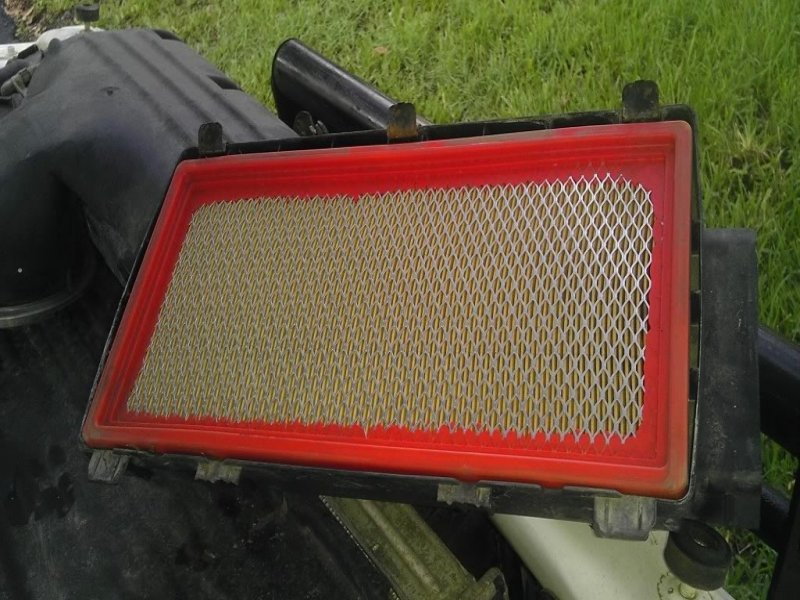
Ignition Cables
The 5.7 Liter Hemi engine uses ignition cables on half of the spark plugs. These cables are more prone to wear than the coil packs because of their lack of protection from dirt and heat. Inside an ignition cable are many strands of highly conductive wire. If there is a short or high resistance on a cable, poor throttle response and misfires may result.
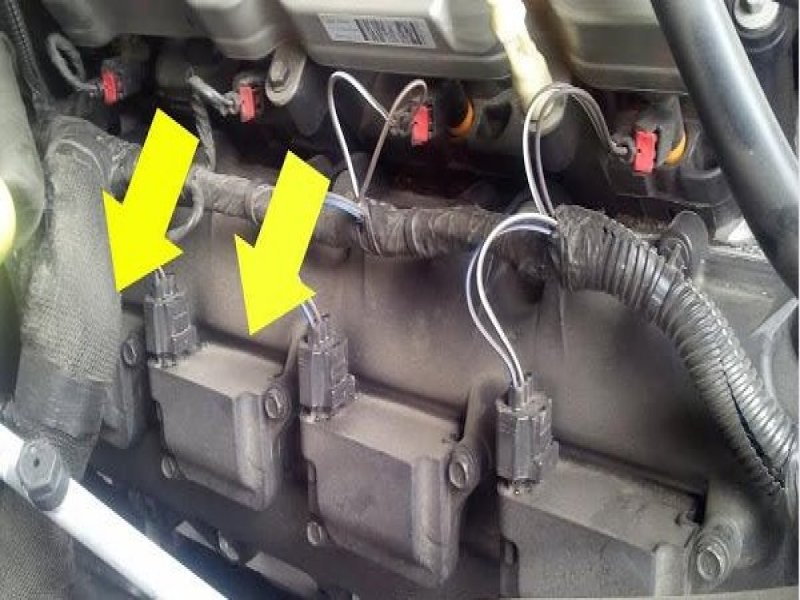
PCV Valve
The PCV (positive crankcase ventilation) valve adjusts the amount of vacuum in the intake manifold. As engine load increases, blow-by gases will be emitted past the piston rings into the combustion chamber. These gases are harmful to the environment. The PCV valve in combination with the PCV system applies a steady vacuum on the crankcase and re-directs the harmful vapors back into the engine. You will find the PCV valve on your engine valve cover. A common PCV valve failure is a vacuum leak leading to a lean air fuel mixture and rough idles. A clogged PCV valve can cause the oil to become dirtier quicker and can lead to engine oil leaks.

Spark Plugs
Spark plugs create heat from the electrical energy supplied by the battery to ignite the fuel in your engine. They are simple in design with a center metal electrode surrounded by a ceramic shell. As the tip wears, the required voltage to jump the gap increases to the point that misfires can occur. Spark plugs are located below the coil packs inside the cylinder heads. The Hemi engine uses 16 spark plugs instead of 8 to create more power after the initial combustion stroke and to reduce hydrocarbon levels. In addition to this, the Hemi seems to be quite particular as to which plug it responds to best. OEM equipment plugs are copper plugs, which forum members advise should be used instead of the increasingly popular iridium plugs. These plugs also have a short service lift, and should be changed every 25,000 miles.

Accessory Drive Belt and Tensioner
Accessory drive belts (also known as serpentine belts) ride along the pulleys connected to your crankshaft, air conditioning compressor, power steering, and alternator. Over time, the belts will naturally begin to stretch and crack. This can leave you with little time to drive to a repair shop and fix the belts before the battery dies. Belt squeal, reduced power steering, and dim lights may indicate your belts are stretched or slipping and may break soon. The tensioner is adjusted automatically by a spring. It should be replaced with the belt(s) at the normal service interval. For most vehicles, the belts should be replaced every 50,000 miles.
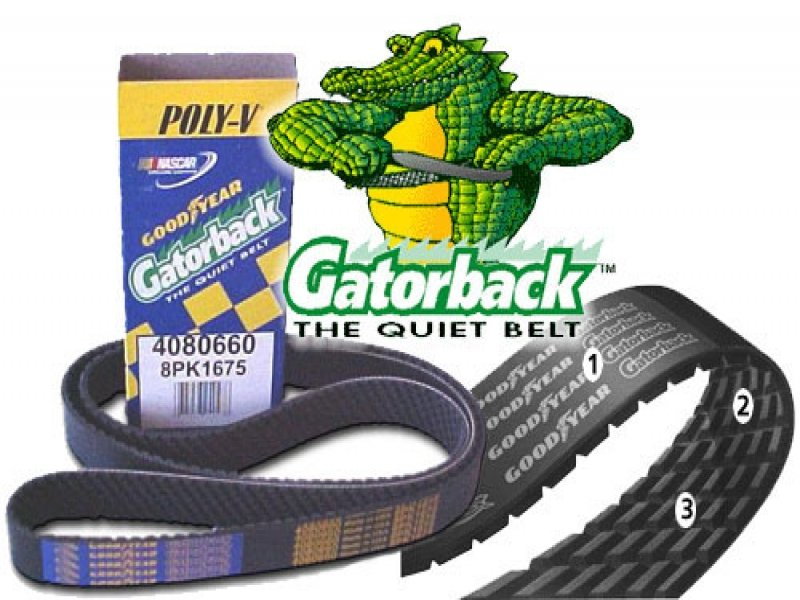
Engine Coolant
Coolant is made from a mix of distilled water and a variety of chemicals that are able to capture and transfer heat. Like other fluids in your engine, coolant is susceptible to damage from dirt which can cause water pump failures as well as radiator and heater core flow problems. You can check the condition and level of your coolant by twisting off the coolant recovery cap located near the radiator when the engine is not hot.
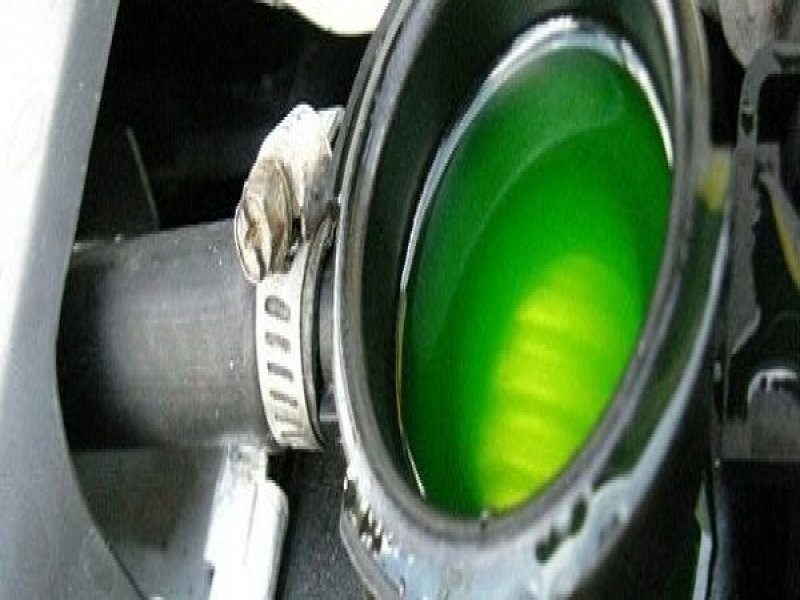
Scheduled Maintenance
Engine Oil and Filter |
Air Filter |
Ignition Cables |
PCV Valve |
Spark Plugs |
Accessory Drive Belt and Tensioner |
Coolant |
|
Schedule A |
6,000 miles or 6 months |
30,000 miles |
60,000 miles |
60,000 miles |
30,000 miles |
90,000 miles |
60,000 miles or 6 months |
Schedule B |
3,000 miles or 3 months |
15,000 miles |
60,000 miles |
30,000 miles |
30,000 miles |
75,000 miles |
60,000 miles or 6 months |
Common Questions
Which maintenance components are most difficult to replace?
Replacement of the drive belt and tensioner are the most difficult. Replacing the spark plugs on the Hemi requires patience and the spark plugs closest to the firewall are difficult to access.
What is the best oil to buy?
The factory calls for 5w-30 oil in the 3.7 and 4.7 engines. For the Hemi, change the oil with 5w-20. Always use synthetic. Brand does not matter, but be sure the brand meets Material Standard (MS 6395) which can be found on the back of the bottle.
Do I have to use to factory copper tipped spark plugs?
Switching to iridium or platinum tipped spark plugs will create a longer service interval, but these plugs create a cooler spark than copper which affects combustion burn rates and engine efficiency. Even so, some owners have not noticed any adverse effects when switching to a different plug.
Common Issues
Exhaust Manifold Bolts May Break
This issue applies to all engines and years of the 3rd generation. It typically occurs around 100,000 miles. Owners will notice a ticking noise that may go away after the engine has warmed up.
Multiple Coolant Leaks
This issue affects all engines between the years of 2002 and 2007. It typically occurs after 50,000 miles. When the engine overheats, coolant leaks from around the water pump, thermostat housing gasket, intake manifold gasket, and timing cover gasket.
Cam Sensor Failure Causing a "No Start" or Stalling
This affects the 3.7 and 4.7 engines between the years of 2002-2005. It typically occurs after 50,000 miles.
Technical Service Bulletins (TSBs)
This data can be found on the NHTSA's website.
- #05-002 Engine and Engine Cooling - The 3.7's water pump is no longer compatible with the 4.7's. 2002-2004 model years.
- #1801705 Engine and Engine Cooling - Long crank times in subfreezing temperatures. 2003-2004 model years.
- #1801305 Engine and Engine Cooling - Idle fluctuation/Diagnostic trouble codes. 2004 model year.
- #42 Powertrain - Incorrect software programming. 2004 model year.
- #1803704 Engine and Engine Cooling - Improved fuel economy, white smoke on startup, and accuracy of fuel mileage in overhead console display. 2004 model year.
- #1400405 Fuel System - Electronic fuel control actuator available for service. 2005 model year.
- #1801605 Vehicle Speed Control - Throttle body coking. 2004 model year.
- #08-007-08 Engine and Engine Cooling - No engine crank or no engine start due to electronic lock up of the WCM/SKREEM. 2006-2008 model year.
- #1802707 Engine and Engine Cooling - MIL illumination due to EGR position sensor DTC. 2006-2007 model year.
- #1804105 Engine and Engine Cooling - Flash/ engine performance/ white smoke. 2006 model year.
- #1803505 Engine and Engine Cooling - Flash/ MIL illumination at start-up due to DTC P2112 or P1521. 2006 model year.
- #05015 Engine and Engine Cooling - The engine cylinder head cover gaskets may not meet specifications. 2006 model year.
- TSB-J05 Engine and Engine Cooling - The PCM may not be able to detect block EGR flow and cause high emission levels. 2007 model year.
- #0900107 Engine and Engine Cooling - Intake to throttle body joint may cause a whistle similar to 3.7 V6. 2007 model year.
- #0803006 Powertrain - Powertrain control module initialization. 2007 model yearP0720/P0722.
- #06053 Fuel System - Fuel pressure sensor rationality. 2007 model year.
- #1804407 Engine and Engine Cooling - MIL illumination due to DTC P0524 Engine oil pressure to low. 2008 model year.
Related Discussions
- Ram 1500 Maintenance Schedule - Dodgeforum.com
- Hemi 5.7 Maintenance - Dodgeforum.com
- Which Spark Plugs for Hemi - Dodgeforum.com

